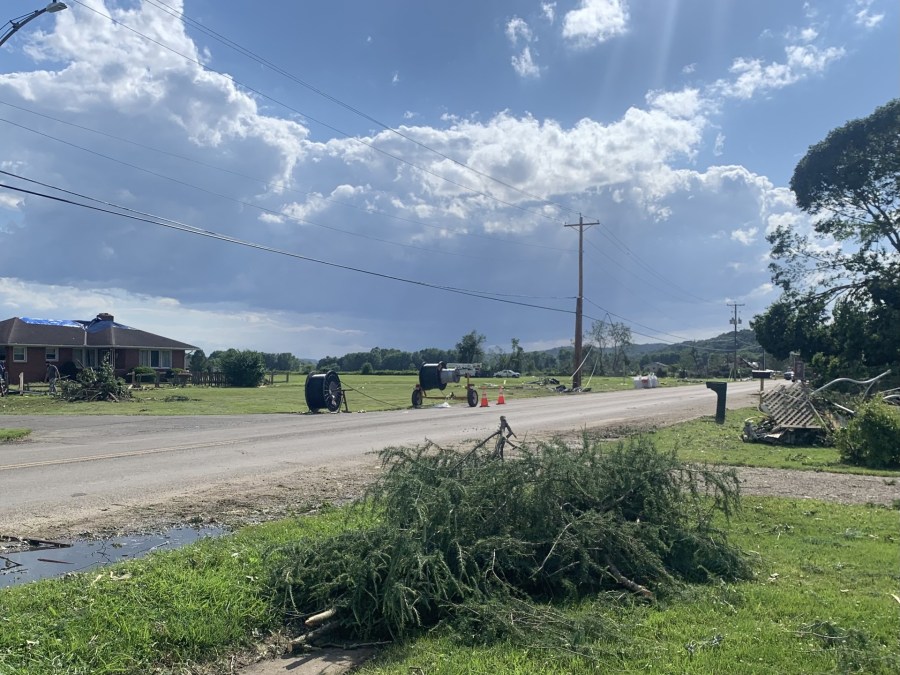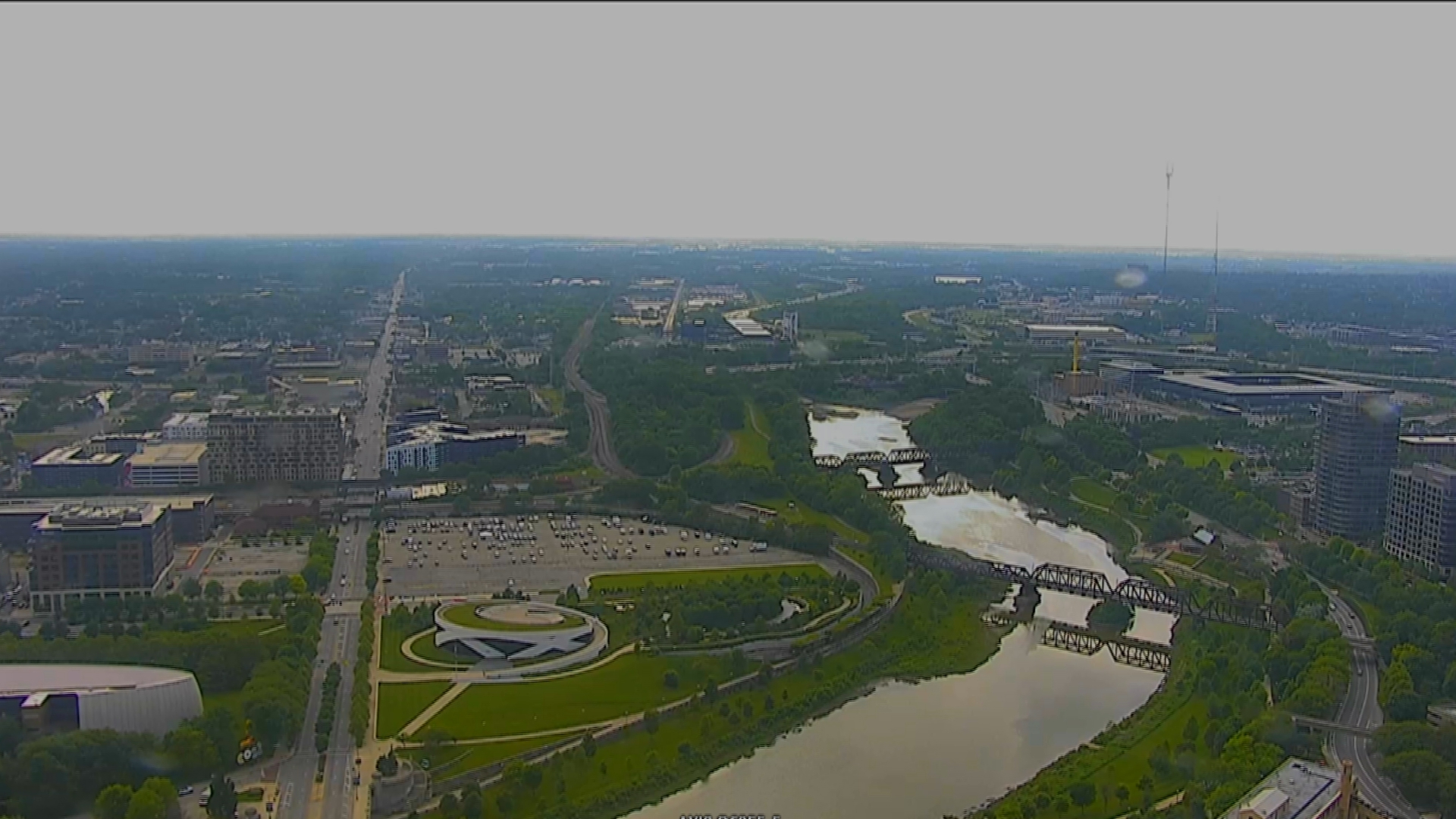COLUMBUS (WCMH) — Four tornadoes in central Ohio on the night of June 5-6 raised the total number of confirmed touchdowns this year to 62, tying the previous record for an entire year, set in 1992. This benchmark will certainly be surpassed, because even in a relatively quiet summer and fall at least several tornadoes will occur.
Three of the five most active years in Ohio have happened since 2019. In 2023, 60 tornadoes were tallied in the Buckeye State, and 49 were observed in 2019.
- 2024 62
- 1992 62
- 2023 60
- 2019 49
- 1973 48
NOAA’s Storm Prediction Center lists a preliminary number of U.S. tornado reports surpassing 1,150, which makes 2024 the second most active year-to-date count, after 2011. The actual total will be lowered, once filtered data removes duplicate reports. Yet there is no question the tornado season has been historically active across the country.
Muskingum County tornado rated EF2
The strongest tornado last week struck the village of Frazeysburg in northwestern Muskingum County around 12:40 a.m. on June 6, with maximum winds of 130 mph (EF2 rating). The tornado traveled 1.67 miles through the heart of town, damaging more than a dozen homes and businesses, snapping and uprooting trees, knocking down power lines, and ripping off roofs.
The Pittsburgh National Weather Service damage survey stated: “Two barns were also totally destroyed… Continuing east on W 3rd Street through the middle of the town, two homes had their roofs removed and a small retail shop had 50% of its roof removed.”
After demolishing two barns to the west of town, the tornado leveled a home with four occupants inside, who miraculously escaped injury when the second story was destroyed.

Three weaker tornadoes were observed in Muskingum County on Apr. 2, 2024. The Frazeysburg area was also impacted by tornadoes in 2014 and 2019.
Reasons for record tornado season in Ohio
This year’s relentless series of tornado outbreaks in Ohio — notably on March 14 (9), April 2 (11), and May 7 (19) — could be linked to a larger, cyclical climate pattern.
The rapid demise of a strong El Niño–a large pool of abnormally warm water in the eastern and central tropical Pacific–transitioning into a neutral phase, and later this year to a cooler-water La Niña pattern, has a tendency to strenghen the spring jet stream circulation (high-altitude winds).
The role of strong, shifting winds with height and increasing in speed is critical to potential tornado formation when the lower atmosphere is highly unstable (warm and muggy). The change in wind direction imparts spin, which is stretched in the vertical by vigorous thunderstorm updrafts.
An energized jet stream that loops across the Southern states draws Gulf moisture (fuel) northward, which comes in contact with cooler and drier air sliding southward, attended by a wave of low pressure that increases the environmental spin.
In 2023, La Niña prevailed for the third consecutive winter, occurring in concert with dozens of moisture-rich atmospheric rivers that fueled a series of Western storms, which then plowed eastward across the country and spawned a number of tornadoes in Ohio early in the season
Tornado statistics and geography
One important factor when comparing tornado numbers with years past is that more events are being counted now by NWS offices. Doppler radar images corroborate areas of rotation coincident with reported damage. Another factor is numerous cellphone videos in the past 15 years capture funnels that in previous years might not have been recorded.
However, research suggests there has been an eastward shift of Tornado Alley, traditionally thought of as the Great Plains and Mississippi Valley. In recent decades, the lower Ohio Valley and Mid-South have seen a significant uptick in tornadoes, including more deadly nocturnal events, likely related to warmer water in the Gulf of Mexico that adds water vapor and energy to the atmosphere.
The frequency of storms is an impotant reminder to have a safety plan and know where to go in the event of a tornado warning is issued in your county. The best location is the basement or an interior room on the lowest floor, such as a closet or bathroom. Also, have multiple ways to receive weather alerts on your phone and computer, including downloading the free Storm Team 4 Weather App.
















